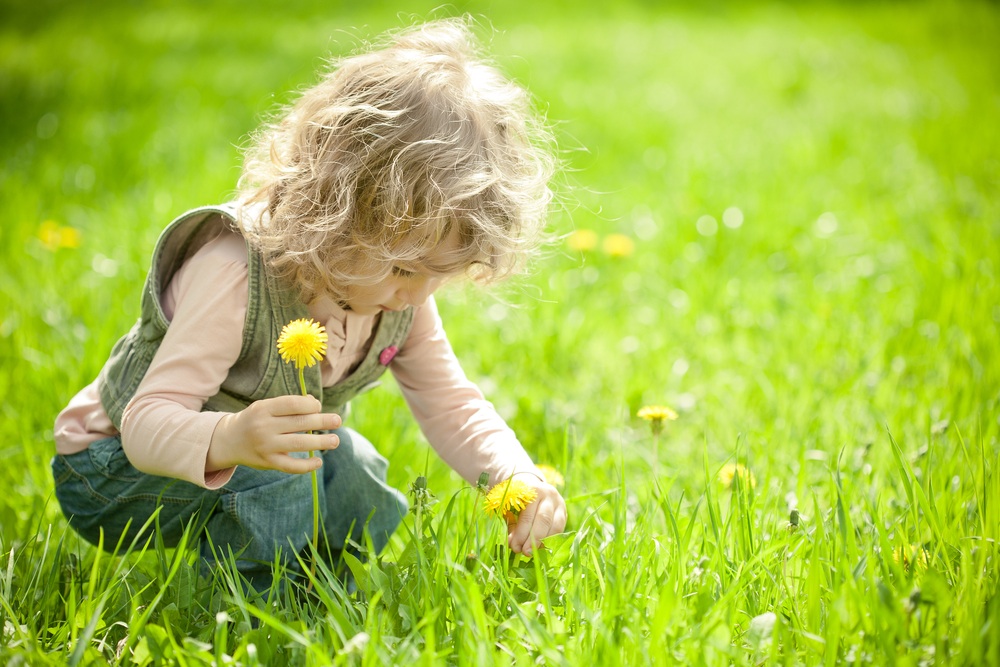The Healing Power of Nature

21 May 2020
Having access to even the smallest of green space has become a symbol of hope for most during lockdown, when lives have suddenly been reduced to our immediate environment.
As the leaves have unfurled and the swallows have returned, Spring has become, for the many who enjoy the advantage of being able to see, touch, smell and connect with nature, a major part of our restorative process.
In the UK, and globally during this crisis, life has slowed down to an extraordinary extent revealing the true cost of our former frenetic lives and providing us with the seeds for a simpler future. However, for many, access to natural spaces is not guaranteed, indeed, Lockdown Britain has revealed the shocking disparity between those with access to private green space and those without. A study by the Ordinance Survey found that 2.6 million people in the UK do not live within a ten-minute walk of a park or green space.
Placing nature at the heart of our wellbeing is a basic human need, at a time when health is paramount and keeping our immunity robust, the benefits of being in nature are profound. In the UK one in four children spend less than 30 minutes playing outside per week, despite evidence that playing in nature builds confidence, promotes creativity, imagination, teaches responsibility, empathy and inspires an interest in our planet and the life that depends on it.
Further evidence found those who spend more time outside are significantly more likely to have better health and higher psychological wellbeing. GPs in the Shetlands have been prescribing walks in nature to their patients since last autumn, in a bid to reduce blood pressure, anxiety, depression, stress, heart disease and increase happiness.
For Forest of Imagination and The Big Draw, placing nature firmly at the heart of their work is fundamental to their aligned message: that nature should be part of the foundation of our living experience, at the centre of our environment, providing calm, cure and care and as inspiration for imagination and creativity.
Forest co-founder, Andrew Grant, Landscape Architect and designer of Bay South, part of the world-famous Gardens by the Bay in Singapore, expands these ideas further: “Imagine such a world where cities are defined not by their architecture but by their landscape and ecology. Where species rich habitats form a connected and colourful web across the city and where every resident, worker and visitor felt immersed within a living and productive environment as soon as they step outdoors.”
Forest of Imagination acts on these concepts, temporarily rewilding streets, reinventing spaces and encouraging the public to re-imagine and re-use their environment, drawing attention to urban green spaces, overlooked trees, the riverside, how each connect to the other and to the people. Working with artists, architects, musicians and makers, all of whom look to the natural world for inspiration, using recycled materials to reinvent spaces and produce installations. Forest also collaborates with organisations such as F.A.C.E (Family Action for the Climate Emergency) Bathscape, Bristol Zoo Gardens, Bath City Farm and the Avon Wildlife Trust, among others.
Celebrating its’ 20th anniversary, The Big Draw is this year placing the environment at the heart of its work, delivering, “The Big Green Draw: A Climate of Change”. This timely environmental theme draws on tenants championed by John Ruskin such as the sustainable relationship between people, craft and nature and the educational power of drawing.
This 20th anniversary year also sees The Big Draw adapting their work with major national artists to focus on the connection between people and their living environment and ecosystem. Artist and Big Draw Ambassador Gary Andrews has designed a Climate of Change Mascot, The Green Man, to visually express this message as he supports the planet, helping to underpin their core message of using the language of drawing as a tool for intervention and expression.
As E.O Wilson said: “Being surrounded by bountiful nature rejuvenates and inspires us.”
It is clear that uniting with nature should be a fundamental human right, we are at core part of the natural cycle and we need to experience it regularly to feel whole, connected and alive.
“Children start off reading books about lions and giraffes and so on, but, if they’re lucky enough and have reasonable privileges of any human being are able to go into a garden, turn over a stone and see a worm, a slug or an ant,” Sir David Attenborough.
As Forest co-founder, artist and researcher, Dr Penny Hay adds: “Play and playing in nature is a basic human right. A connection to and understanding of the natural world is central to a child’s educational development. One of the best classrooms is the forest. The Forest of Imagination is a natural realm for exploring the bigger themes in the world around social purpose – issues of conservation and the environment, creativity and responsibility.”
We want every child to be able to go into a garden, turn over a stone and be inspired and amazed by the life living underneath.
Kate Mason, director at The Big Draw expands: “The role of playfulness in sparking the imagination and fuelling innovation is crucial, for adults and children alike. Being actively creative to help make positive change and improve our wellbeing both as individuals and communities is being increasingly being underpinned by robust academic data. Not just anecdotal evidence that it really can change lives. One of the most accessible ways to do this is to simply go outside. Look. Slow down. Witness the tiny details in the nature around you. Start to ‘see’ – not merely look. This helps open-up new ways of thinking and connecting with the world around us.”
